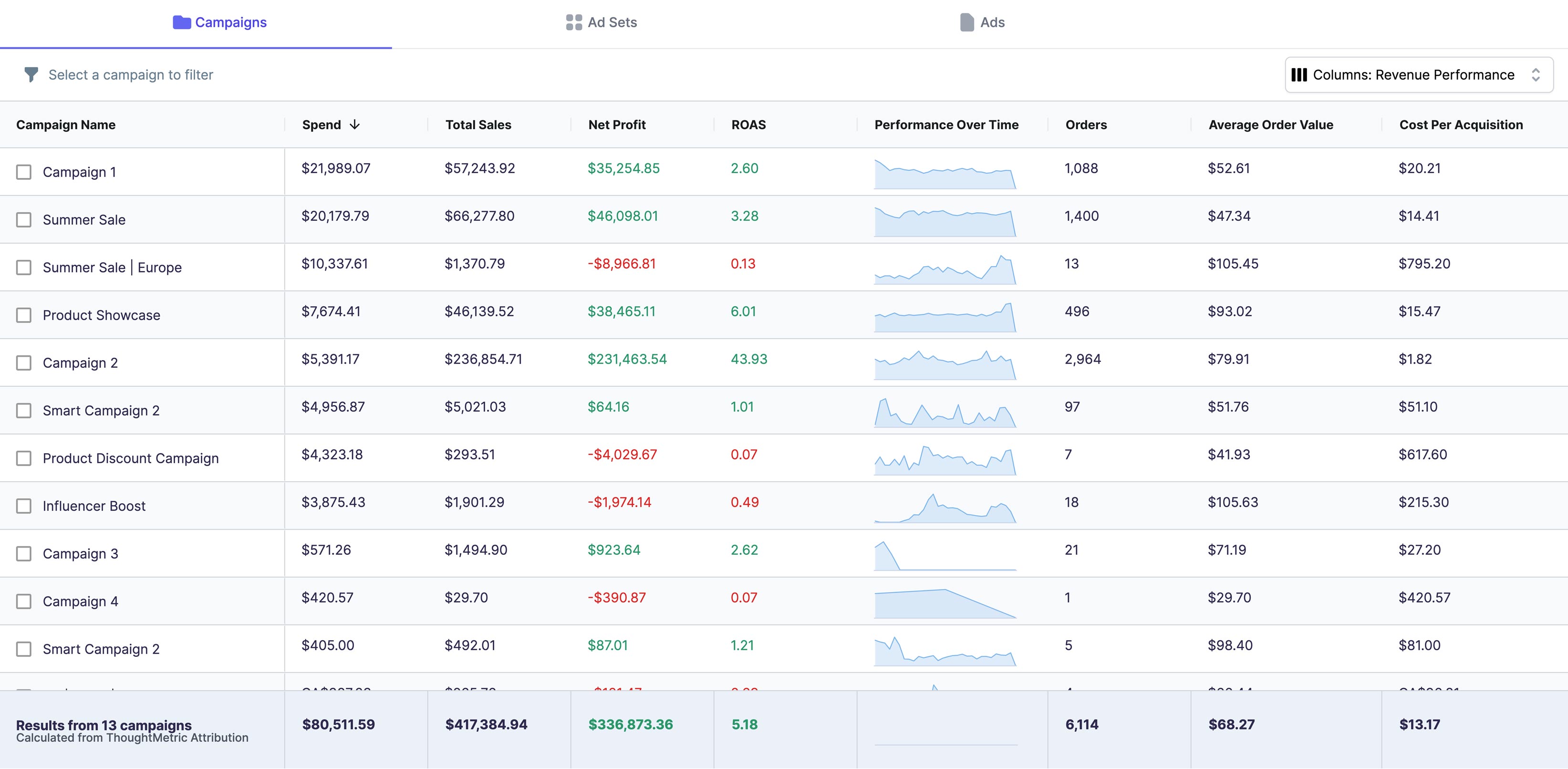Facebook Ads Manager is a powerful tool that allows businesses to target specific audiences and advertise their products or services. As a marketer, understanding the performance of your ads is essential to making informed decisions and improving your conversion rate. In this guide, we'll show you how to calculate conversion rate in Facebook Ads Manager, step by step.
Understanding Conversion Rate in Facebook Ads Manager
Before diving into how to calculate conversion rate, let's first define what it is and why it's important. Conversion rate is the percentage of people who complete a desired action after clicking on your ad. This action could be making a purchase, filling out a form, or subscribing to your newsletter.
What is Conversion Rate?
The conversion rate is calculated by dividing the number of conversions by the number of people who clicked on your ad. For example, if your ad had 100 clicks and 10 of those clicks resulted in a purchase, your conversion rate would be 10%.
Why is Conversion Rate Important?
Conversion rate is a critical metric for marketers because it measures the effectiveness of their ads. It indicates how well their ad is resonating with their target audience and if the desired action is being taken. By monitoring and optimizing conversion rate, businesses can ensure that they are getting the most out of their advertising budget and maximizing their ROI.
One way to optimize conversion rate is to make sure that the ad is targeted to the right audience. For example, if you are selling a product that is specifically designed for women, then you should target your ad to women. This will increase the likelihood that the people who click on your ad are interested in your product and more likely to make a purchase.
Another way to optimize conversion rate is to make sure that the ad is visually appealing and easy to understand. A cluttered or confusing ad can turn off potential customers and decrease the likelihood that they will take the desired action. A clear and concise ad that highlights the benefits of the product or service is more likely to resonate with the target audience and increase the conversion rate.
It is also important to have a clear and easy-to-use landing page that is relevant to the ad. If the landing page is confusing or does not provide the information that the customer is looking for, they are more likely to leave without taking the desired action. By ensuring that the landing page is relevant and easy to use, businesses can increase the conversion rate and maximize their ROI.
In conclusion, conversion rate is a critical metric for marketers to monitor and optimize in order to maximize their ROI. By targeting the right audience, creating visually appealing and easy-to-understand ads, and ensuring that the landing page is relevant and easy to use, businesses can increase their conversion rate and achieve their advertising goals.
Setting Up Your Facebook Ads for Conversion Tracking
The first step in calculating conversion rate is to make sure your Facebook Ads are set up for conversion tracking. There are three things you need to do to set this up:
Installing the Facebook Pixel
The Facebook Pixel is a piece of code that you place on your website to track user behavior and conversions. To install the pixel, go to your Ads Manager and click on "Pixels" under the "Measure & Report" section. Follow the prompts to create a new pixel and add the code to your website.
Configuring Custom Conversions
Custom conversions allow you to track specific actions on your website, such as a purchase or a sign-up. To configure a custom conversion, go to the "Events Manager" section in Ads Manager and click "Custom Conversions." From there, you can create a new conversion and define the specific URL or event that constitutes a conversion.
Setting Up Standard Events
Standard Events are pre-defined conversion events that Facebook has created for common actions such as adding an item to a cart or completing a purchase. To set up a standard event, go to the "Events Manager" section in Ads Manager and click "Connect Data Sources." From there, you can choose "Web" as your connection type and select the standard event you want to track.
Navigating the Facebook Ads Manager Interface
Once your conversion tracking is set up, it's essential to familiarize yourself with the Ads Manager interface. Here's a quick overview of the key features:
Accessing Ads Manager
The Ads Manager can be accessed through your Facebook account by clicking on the "Ads Manager" option in the dropdown menu.
Understanding the Dashboard
The Ads Manager dashboard is where you can see an overview of your campaigns, ad sets, and individual ads. From here, you can review your results, make changes to your targeting, and adjust your ad budget.
Customizing Columns for Conversion Metrics
You can customize the columns that appear in your Ads Manager dashboard to include key conversion metrics like conversion rate, cost per acquisition, and return on ad spend. To do this, click on "Columns" and select "Customize Columns." From there, you can add or remove metrics as desired.
Calculating Conversion Rate in Facebook Ads Manager
Now that you have everything set up, it's time to start calculating conversion rate. Here are the steps:
Identifying the Right Metrics
The first thing you need to do is identify which metrics you'll be using to calculate your conversion rate. Typically, these metrics will include "clicks" and "conversions." You can add these to your dashboard by customizing your columns, as described above.
Analyzing Conversion Rate by Campaign, Ad Set, or Ad
Once you have your metrics in place, you can analyze your conversion rate by campaign, ad set, or ad. This will allow you to see which ads are performing best and make data-driven decisions on how to optimize your campaigns. To analyze your conversion rate, click on the relevant campaign, ad set, or ad and review the performance metrics.
Interpreting Conversion Rate Results
Finally, it's crucial to interpret your conversion rate results correctly. Keep in mind that conversion rate is just one metric, and it should be analyzed in conjunction with other data points like ad spend, click-through rate, and cost per acquisition. By doing so, you'll get a more comprehensive picture of your campaigns' overall performance and can make informed decisions on how to optimize your Facebook Ads for success.
Conclusion
In conclusion, calculating conversion rate is a critical step in optimizing your Facebook Ads for success. By following the steps in this guide, you can set up your conversion tracking, navigate the Ads Manager interface, and analyze your conversion rate results. Remember, conversion rate isn't the only metric that matters, so be sure to take a holistic approach to measuring the performance of your campaigns.





